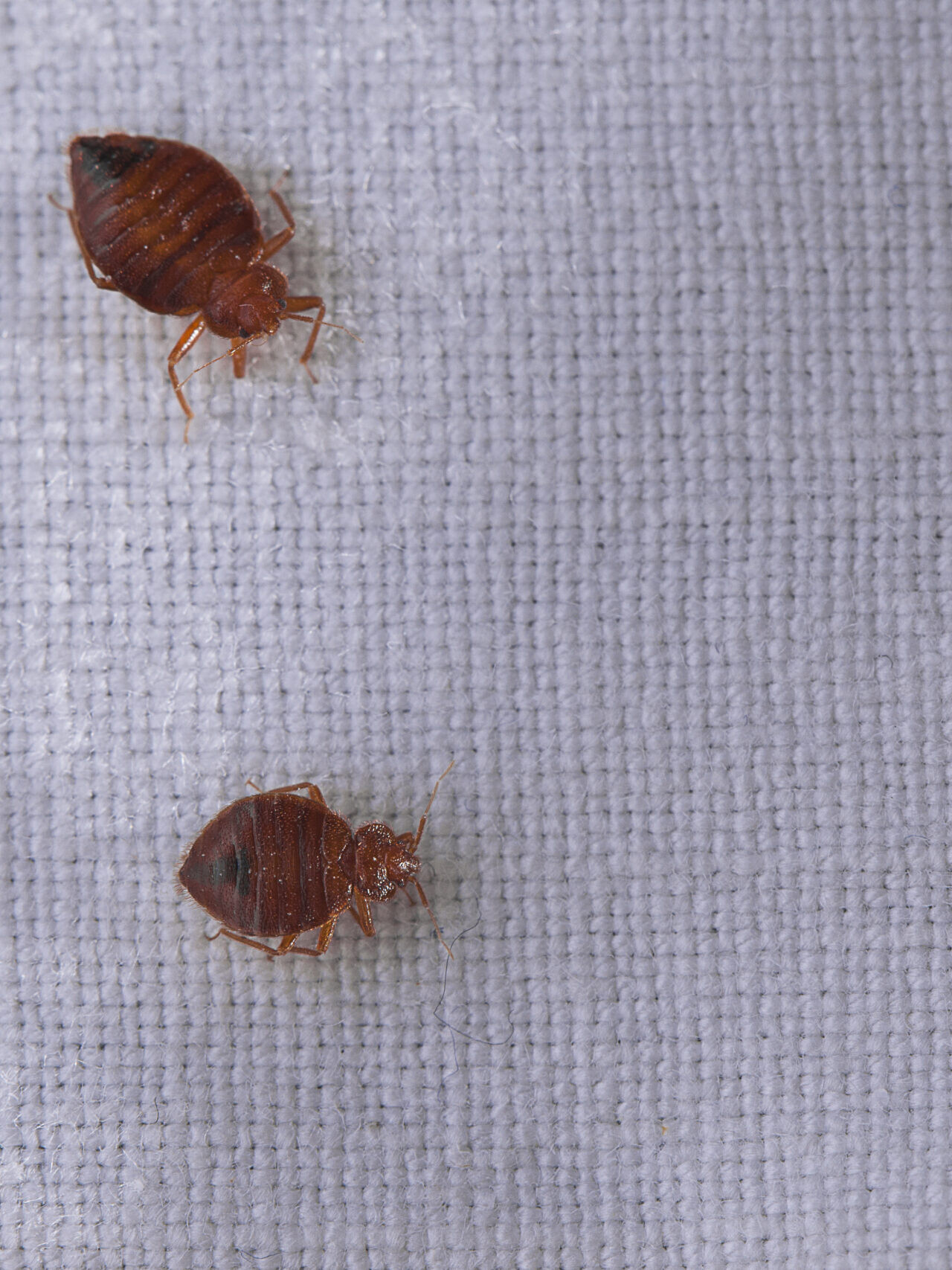Effective Bed Bug Heat Treatment for Homes and Businesses in Arlington
Obtain Enlightened Regarding the Sorts Of Insect Control Techniques and Their Benefits for Homeowners
Comprehending the numerous bug control techniques available to property owners is important for effective insect administration. Homeowners who are knowledgeable can make strategic options that not only address bug issues yet also boost the total top quality of their living setting.
Chemical Bug Control Approaches
Chemical parasite control techniques are a critical element of integrated bug management methods for house owners seeking effective remedies to pest invasions. These techniques involve the application of chemical substances developed to get rid of or hinder parasites that intimidate personal effects, health, and comfort. Typical chemicals used consist of insecticides, herbicides, fungicides, and rodenticides, each customized to target specific pests.
The primary benefit of chemical bug control is its fast effectiveness; numerous solutions give immediate results, lowering pest populations significantly quickly. Furthermore, developments in chemical solutions have caused items that are much more ecologically friendly and have reduced toxicity levels for non-target organisms when used correctly.

Biological Insect Control Strategies
Natural insect control methods have actually gained prominence as house owners seek more secure and much more sustainable alternatives to traditional chemical techniques. Organic insect control strategies use natural predators, parasites, or virus to take care of bug populations efficiently. This technique is not just eco friendly however also lessens the risk of injury to non-target types, consisting of useful pests and wildlife.
Among the most usual biological control techniques entails presenting natural killers into the atmosphere. Ladybugs can be used to control aphid populaces, while nematodes target soil-dwelling bugs like grubs. In addition, parasitoids-- organisms that survive or within a host-- can be employed to control particular insect types by laying eggs inside them, eventually leading to their death.
An additional technique is the use of biopesticides, which are stemmed from all-natural materials such as plants, microorganisms, or minerals (bed bug exterminator). These items can properly target bugs while posing minimal danger to people and pet dogs. On the whole, organic pest control methods give property owners with a reliable means of insect administration that lines up with environmental concepts, advertising a healthier living setting while lowering reliance on artificial chemicals
Mechanical Bug Control Techniques
Mechanical parasite control methods incorporate a variety of methods that physically prevent or eliminate parasites without the use of chemicals. These techniques are particularly valuable for property owners seeking eco-friendly alternatives while making sure the safety of their space.
One usual technique is making use of obstacles, such as screens, internet, and traps, which stop pests from going into homes or details locations. Mounting window displays can properly keep insects out, while using physical obstacles around gardens can discourage bigger parasites like bunnies or deer. In addition, mechanical catches developed for rats can catch and get rid of these parasites without the requirement for poisonous materials.
Another effective approach involves the use of brooms and vacuum cleaners his comment is here to eliminate parasites straight from surfaces. Routine cleaning and maintenance can dramatically decrease pest populations by removing food sources and concealing areas. Moreover, using tools like ultrasonic insect repellents can hinder various insects via noise waves that are unpleasant to them yet inaudible to people.
Social Parasite Control Practices
Cultural bug control methods concentrate on modifying the setting and administration strategies to create problems that are much less favorable to pest problems. These techniques are fundamental in maintaining a well balanced ecosystem and lowering the dependence on chemical treatments. By modifying agricultural practices, homeowners can properly hinder pests while advertising plant health and wellness.
One usual strategy consists of plant turning, which disrupts the life cycles of bugs by transforming the types of plants grown in a particular area (bed bug exterminator). This not just reduces pest populations however additionally improves dirt health. Additionally, intercropping-- growing diverse plants in proximity-- can puzzle insects and minimize their ability to locate their recommended host plants
Water management is another essential facet of cultural practices. Correct irrigation techniques can avoid standing water, which acts as a breeding place for mosquitoes and various other parasites. In addition, maintaining cleanliness around the home, such as frequently removing debris and food waste, can considerably lower pest tourist attraction.
Incorporating these social methods into an extensive pest administration method enables homeowners to create a setting that normally hinders bugs, thus boosting the performance of other control methods while promoting sustainable horticulture and landscape design.

Integrated Pest Administration Approaches
Integrated Insect Management (IPM) stands for an alternative method that combines different strategies to effectively manage insect populations while lessening ecological effect. This technique incorporates biological, cultural, physical, and chemical practices to attain sustainable parasite control. By analyzing pest populaces and their natural adversaries, IPM highlights tracking and recognizing insects prior to implementing control procedures.
Among the core principles of IPM is the usage of limits, which develop the degree of pest task that warrants treatment. This makes sure that treatments are applied only when necessary, minimizing the reliance on chemical pesticides. Biological control techniques, such as presenting all-natural predators or parasites, work in combination with social methods like plant turning and habitat control to interfere with pest life process.
Furthermore, IPM motivates making use of least-toxic chemical alternatives when treatment is needed, focusing on products that present minimal threat to non-target organisms and the setting. For house owners, embracing IPM comes close to not only boosts the efficacy of bug monitoring however likewise promotes a healthier living setting, cultivating biodiversity and minimizing chemical direct exposure. Ultimately, IPM encourages property owners to make informed choices that stabilize bug control with environmental duty.
Conclusion
In final thought, recognizing the different bug control approaches equips property owners to make informed choices regarding pest administration. internet Each strategy-- chemical, biological, mechanical, social, and incorporated pest monitoring-- offers unique advantages that provide to different needs and choices.
Understanding the different parasite control approaches readily available to home owners is important for efficient parasite monitoring.Chemical pest control techniques are a critical part of incorporated bug monitoring techniques for home owners looking for reliable services to this link pest problems. In general, biological bug control strategies supply home owners with a reliable methods of parasite management that aligns with eco-friendly concepts, promoting a much healthier living setting while reducing dependence on synthetic chemicals.
Cultural pest control practices focus on changing the setting and monitoring techniques to develop conditions that are much less favorable to pest infestations.In conclusion, recognizing the different parasite control methods equips property owners to make enlightened choices regarding pest administration.